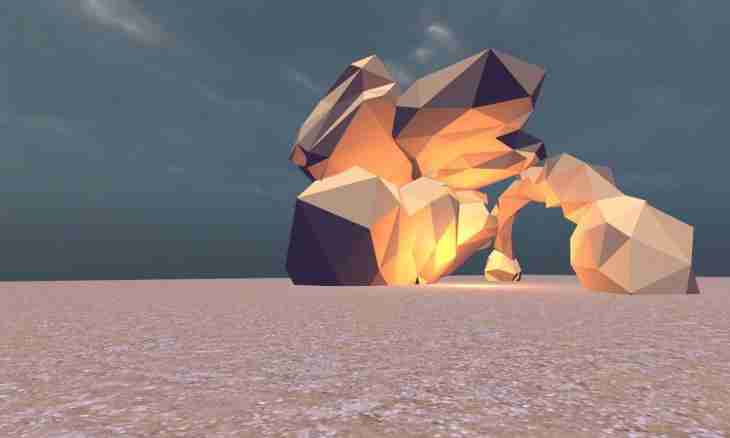To count the area of a polygon rather simply. Here it will not be required to perform special measurements and to calculate integrals. There is enough only the suitable device for measurement of length and a possibility of construction (and measurements) several additional pieces.
It is required to you
- - cord;
- - roulette;
- - compasses;
- - ruler;
- - calculator.
Instruction
1. To count the area of any polygon, note in it any point, and then connect it to each top. If a polygon not convex, choose a point so that the carried-out pieces did not cross the party of a figure. For example, if the polygon is external border of "star", then the point needs to be noted not in star "beam", and in its center.
2. Now measure lengths of the parties in each of the formed triangles. After that use Heron's formula and calculate the area of each of them. The sum of the areas of all triangles will also be the required area of a polygon.
3. If the figure of very big area, for example, the land plot has the form of a polygon, to carry out pieces of necessary length will be pretty problematic. Therefore, in that case arrive as follows: hammer a peg into the center of a polygon and stretch from it to each top a cord piece. Then measure and write down in the strict sequence of length of all pieces. The same way measure also the parties of the polygon, having pulled a cord between the next tops.
4. To use Heron's formula, at first count poluperimetr each triangle on a formula: р = ½ * (and + b + c), where: and, b and c – lengths of the parties of a triangle, r – poluperimetr (standard designation). Having defined poluperimetr a triangle, substitute the received number in the following formula: S ∆ = √ (r * (p-a) * (p-b) * (p-c)), where: S ∆ – the area of a triangle.
5. If the polygon convex, i.e. has no internal corners exceeding 180º, then choose any top of a polygon as an internal point. In this case, triangles it will turn out two less that sometimes can significantly simplify a problem of finding of the area of a polygon. The system of calculation of the areas of the received triangles does not differ from described above.
6. At the solution of school tasks and "tasks on sharpness" attentively consider a polygon form. Perhaps, it will manage to be broken into several parts from which it will be possible to put the "correct" figure, for example, a square.
7. Sometimes the polygon can be "added" to the correct figure. In that case, just subtract the area of addition from the area of the complemented figure. By the way, this way is relevant not only for the solution of abstract tasks. So, for example, if on corners and along room walls you placed furniture, then for calculation of the free area, just subtract the space which is occupied by furniture from the total area of the room.

